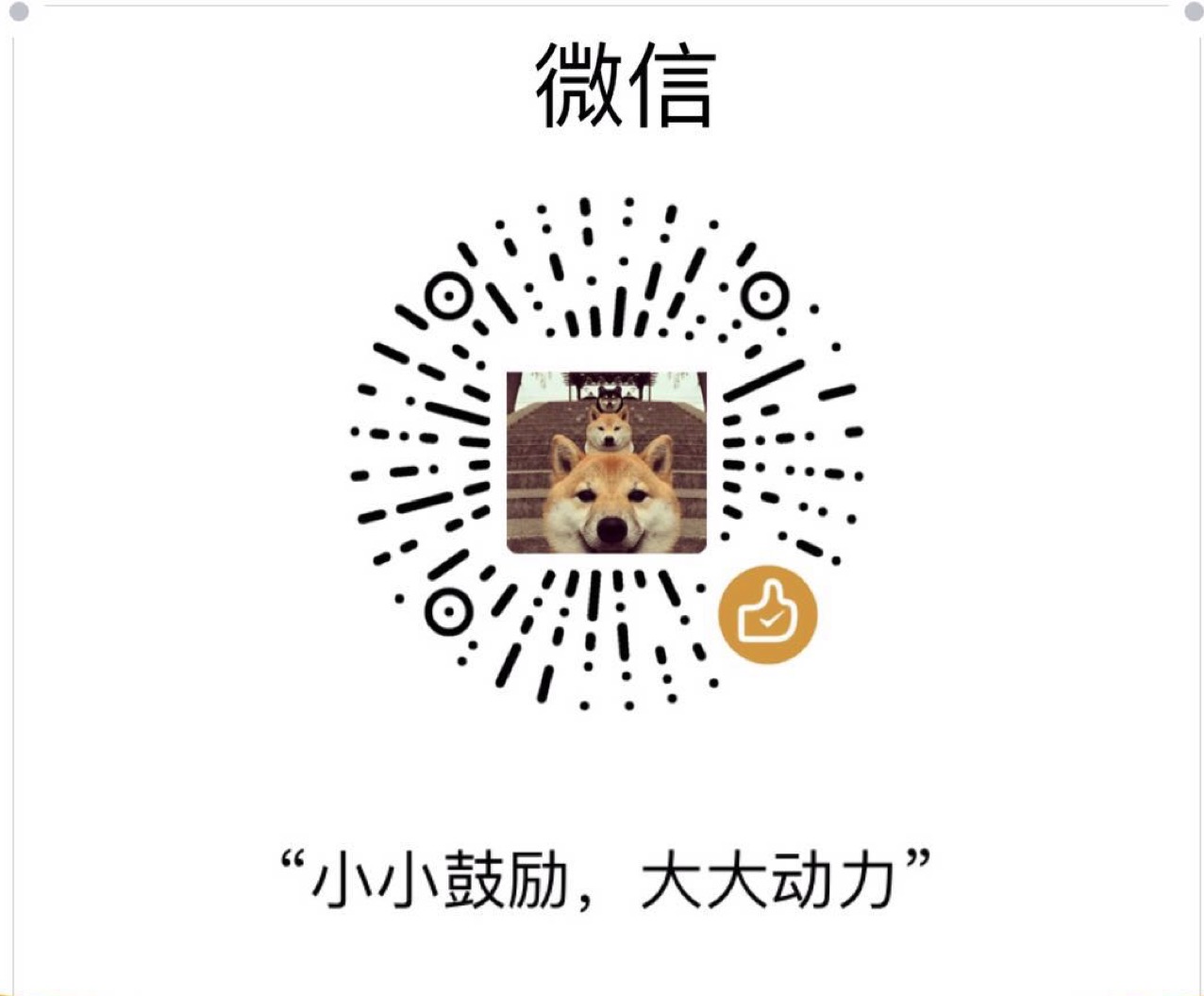Go 项目测试(Go Testing)
Go语言这种静态类型的语言,不想Python直接使用PDB很容易调试程序,项目最好是一个功能写完就测试其正确性,这样才能保证最后整个项目的正确性。特别是新手,如果不好好写测试,程序可能跑起来都不知道自己哪里错了。Go 语言测试也是很方便的。
单元测试
Go的测试文件都是以 xxx_test.go命名的,一般和一个模块或者文件名一一对应,你的测试函数写在这些文件之后即可。测试函数分以Test为前缀的普通测试函数,以Benchmark为前缀的性能测试函数(会被Go Testing调用多次),以Example为前缀的文档实例函数。 Go 项目测试命令是 go test, 如果什么都不跟,默认和 go build 命令一样会采用当前目录对应的包进行测试。
import "testing" func TestSin(t *testing.T) { /* ... */ } func TestCos(t *testing.T) { /* ... */ } func TestLog(t *testing.T) { /* ... */ }
Go 语言惯用的方式是表驱动测试。
func TestIsPalindrome(t *testing.T) { var tests = []struct { input string want bool }{ {"", true}, {"a", true}, {"aa", true}, {"ab", false}, {"kayak", true}, {"detartrated", true}, {"A man, a plan, a canal: Panama", true}, {"Evil I did dwell; lewd did I live.", true}, {"Able was I ere I saw Elba", true}, {"été", true}, {"Et se resservir, ivresse reste.", true}, {"palindrome", false}, // non-palindrome {"desserts", false}, // semi-palindrome } for _, test := range tests { if got := IsPalindrome(test.input); got != test.want { t.Errorf("IsPalindrome(%q) = %v", test.input, got) } } }
测试单个文件或者单个函数
测试整个包,直接到包目录运行go test, 或者运行 go test cloud-go/pkg/glance-go/store。
如果你不想测试整个包,而是单个文件,这个时候你得注意了!如果你直接用 go test xxx_test.go, 可能会一直报 yyy variable not defined. 你明明已经定义了,其实这和 gcc 编译器一样的,如果你 test 文件里边引用了其他文件或者包的变量,你必须在后面添加相应的文件,指明依赖。因此这个比较蛋疼。所以我们还可以采用正则匹配函数名的形式,单独测试某些函数即可。
采用命令 go test -v -run="French|Canal" 会自动执行名字含有 French 或者 Canal 的测试函数。里面是正则匹配,可以写^French$只匹配一个。 但是执行函数测试,你必须到函数所在的包目录下执行才行。
黑盒测试和白盒测试
黑盒测试只关注某个函数的功能输出是否和预期相同,不关心包内部变量的变化,如果需要查看包内数据结构和变量的变化,得采用白盒测试。
什么时候需要白盒测试,比如下面的例子,有的时候某些功能是需要和数据库或者其他的网络文件打交道的,这些函数我们想要在测试的时候直接替换成其他的我们写的函数,那么测试框架必须要知道替换谁,能够访问到包的内部函数以及变量。这里需要注意的时,每一次测试完成之后一定要修改回去原来的值,以避免影响其他测试正常进行。
如下的代码就测试函数的时候,就修改了该函数会用到的另一个和网络服务打交道的函数 notifyUser, 我们对其进行了修改,很好的是,Go中函数是First-Class对象,可以直接修改和保存。
func TestCheckQuotaNotifiesUser(t *testing.T) { // Save and restore original notifyUser. saved := notifyUser defer func() { notifyUser = saved }() // Install the test's fake notifyUser. var notifiedUser, notifiedMsg string notifyUser = func(user, msg string) { notifiedUser, notifiedMsg = user, msg } // ...rest of test... }
扩展测试
解决循环依赖问题和集成测试多个组件的时候包导入循环依赖,Go语言是不支持循环依赖的。见《GO语言设计》扩展测试部分。一般是通过在要测试的包中建立一个test包,不把测试文件写在改包中,而是写在另一个test包中。
Go测试未提供的东西
GO语言没有提供比如Java和Python中通过设置一些“setup”和“teardown”的钩子函数来执行测试用例运行的初始化和之后的清理操作,以及很多类似assert断言,值比较函数,格式化输出错误信息和停止一个识别的测试等辅助函数(通常使用异常机制)。
Http 框架测试
Gin 框架的测试
import ( "encoding/json" "net/http" "net/http/httptest" "testing" "github.com/gin-gonic/gin" "github.com/stretchr/testify/assert" ) func performRequest(r http.Handler, method, path string) *httptest.ResponseRecorder { req, _ := http.NewRequest(method, path, nil) w := httptest.NewRecorder() r.ServeHTTP(w, req) return w } func TestHelloWorld(t *testing.T) { // Build our expected body body := gin.H{ "hello": "world", } // Grab our router router := SetupRouter() // Perform a GET request with that handler. w := performRequest(router, "GET", "/") // Assert we encoded correctly, // the request gives a 200 assert.Equal(t, http.StatusOK, w.Code) // Convert the JSON response to a map var response map[string]string err := json.Unmarshal([]byte(w.Body.String()), &response) // Grab the value & whether or not it exists value, exists := response["hello"] // Make some assertions on the correctness of the response. assert.Nil(t, err) assert.True(t, exists) assert.Equal(t, body["hello"], value) }
测试参数
- 测试的时候无法输出glog日志到控制台
go test -logtostderr=true -v -run 'TestSwiftClientLargeObject' - 测试的时候因为IO等待10分钟以上被导致进程被kill
go test -timeout 30m -v -run ^TestSwiftClientLargeObject$
Go 项目依赖管理
Go 项目目录
一般GOPATH设置的是所有GO项目的根目录,比如GOPATH="/home/user/go-projects:/usr/local/go", 比如我们的项目一般在go-projects目录下,该目录组织结构是这样的,没有就新建文件夹。
. ├── bin ├── pkg └── src
那我们的项目在哪里,源码都会放在src目录下,项目的打包都在pkg目录,二进制文件都在bin目录,我们自己的项目和第三方库都是在src目录下面。比如我的几个不同的项目 cloud-go, client-go, 第三方库项目都会在github.com目录下面。
├── bin │ ├── fillstruct │ ├── go-find-references │ ├── go-outline ├── pkg │ └── darwin_amd64 └── src ├── client-go ├── cloud-go ├── github.com ├── golang.org ├── paas-dbha └── sourcegraph.com
Go Get
go get 命令自动会找到GOPATH 里的第一个目录,让后把第三方库下载安装到上面的src目录里。
Go Vendor
自己项目的包需要单独管理,而不是公用公共的包的时候,我们可以使用 govendor 工具。在自己项目根目录下面执行govendor init,即会生产一个 vendor目录。
如果你需要在自己的项目中引用所有需要的库,可以在你自己的项目目录下执行 govendor add +external,他会将GOPATH目录下下载的包,拷贝到你自己的项目的vendor目录下面。 vendor.json 文件里面记录了所有引用的包。如果你的外部依赖更新了,但是vendor里面没有重新加入,有时候会出现模型奇妙的参数类型错误。
├── Makefile ├── README.md ├── cmd │ ├── glance-go ├── deploy │ ├── glance-go ├── etc │ ├── glance-go.toml ├── pkg │ ├── glance-go │ ├── util │ └── version └── vendor ├── git.openstack.org ├── git.sankuai.com ├── github.com ├── golang.org ├── gopkg.in ├── k8s.io └── vendor.json
govendor更多命令
- govendor
状态 缩写状态 含义
+local l 本地包,即项目自身的包组织
+external e 外部包,即被 $GOPATH 管理,但不在 vendor 目录下
+vendor v 已被 govendor 管理,即在 vendor 目录下
+std s 标准库中的包
+unused u 未使用的包,即包在 vendor 目录下,但项目并没有用到
+missing m 代码引用了依赖包,但该包并没有找到
+program p 主程序包,意味着可以编译为执行文件
+outside 外部包和缺失的包
+all 所有的包
常见的命令如下,格式为 govendor COMMAND。
通过指定包类型,可以过滤仅对指定包进行操作。
命令 功能
init 初始化 vendor 目录
list 列出所有的依赖包
add 添加包到 vendor 目录,如 govendor add +external 添加所有外部包
add PKG_PATH 添加指定的依赖包到 vendor 目录
update 从 $GOPATH 更新依赖包到 vendor 目录
remove 从 vendor 管理中删除依赖
status 列出所有缺失、过期和修改过的包
fetch 添加或更新包到本地 vendor 目录
sync 本地存在 vendor.json 时候拉去依赖包,匹配所记录的版本
get 类似 go get 目录,拉取依赖包到 vendor 目录
测试出错
use of internal package not allowed, 一般是你引用的包出问题了,在vendor 目录下删除报错的包,然后重新 govendor add +external

